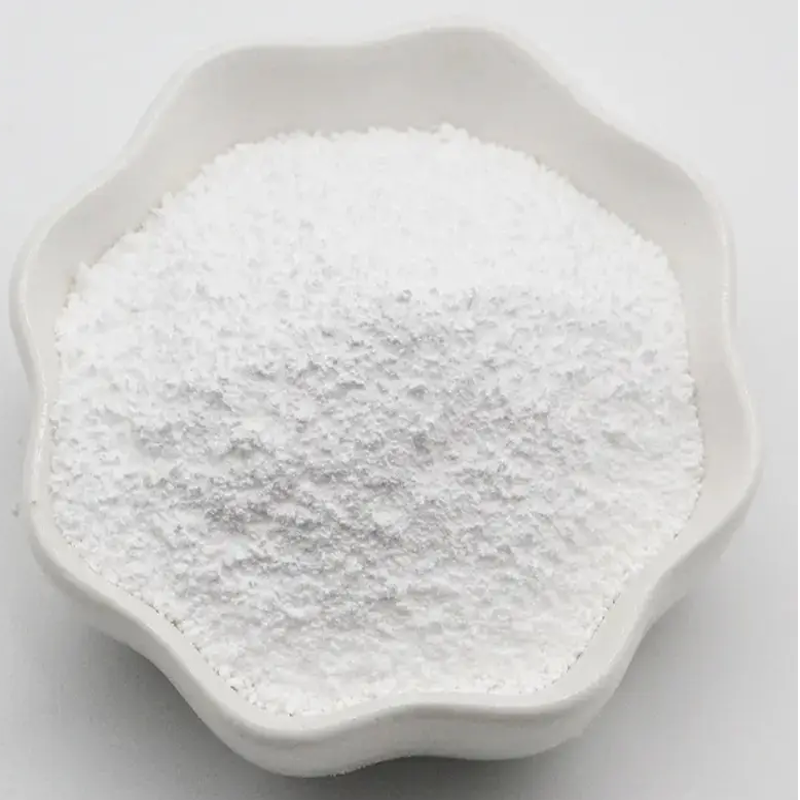-
Categories
-
Pharmaceutical Intermediates
-
Active Pharmaceutical Ingredients
-
Food Additives
- Industrial Coatings
- Agrochemicals
- Dyes and Pigments
- Surfactant
- Flavors and Fragrances
- Chemical Reagents
- Catalyst and Auxiliary
- Natural Products
- Inorganic Chemistry
-
Organic Chemistry
-
Biochemical Engineering
- Analytical Chemistry
- Cosmetic Ingredient
-
Pharmaceutical Intermediates
Promotion
ECHEMI Mall
Wholesale
Weekly Price
Exhibition
News
-
Trade Service
To date, more than 1.3 million people worldwide have died of new crown pneumonia caused by SARS-CoV-2.
concern is that the spread of the virus in the population is far from over, and mutations that can cause changes in pathogenesis, pathogenesis or transmission capacity may occur at any time.
has been reported that the current epidemic of SARS-CoV-2 has been widely seen D164G variants, its prototype virus in the continuous cell line more infectious, infected patients with higher load of the upper respiratory tract virus.
, however, it is not clear that the D614G strain is a virus replication in a real SARS-CoV-2 infection model, and the pathogenesis and transmissional functions have not been evaluated.
Recently, researchers from the University of North Carolina and the University of Wisconsin published a study in Science entitled SARS-CoV-2 D614G variant exhibits efficient reproduction ex vivo and transmission in vivo, confirming that the new coronavirus D614G strain replicates faster and more easily than the virus originally prevalent in the outbreak, but does not lead to more serious diseases, and that the mutation is still suitable for the currently developed antibody strain.
researchers infected four susceptible cell linees using wild (WT) and D614G mutant strains containing nano-luciferase (nLuc), measured the luciferase signal after infection and compared its growth curve, and found that the D614G was about 3.7 to 8.2 times more infectious than WT, while the peak drop rate in two of the cell line was slightly lower.
To assess the ability of D614G variants to replicate in the human respiratory tract, the researchers compared the growth dynamics of human nasal mucosa epithellial cells (HNE), airway epithellal cells (LAEs) and small airway epithal epithal cells (SAEs) from multiple human sources and found that D614G virus infection replication was more competitive than WT and could be replicated about 10 times more efficiently in HNE and LAE.
In addition, the researchers demonstrated that the D614G mutation in live viruses did not lead to significant changes in SARS-CoV-2 morphology, prickly cleavage patterns and introphy and reaction characteristics.
D614G mutants are more contagious and can be efficiently replicated in human respiratory endostrovert cells In order to further analyze the pathogenesis and adaptability of D614G strains in the body, the researchers infected hACE2 genetically modified mice and Syrian hamsters with WT and D614G to detect viral titularity and tissue pathology, resulting in no significant difference in lung lesions and tissue severity in the mice and hamsters treated.
infected hamsters using a 1:1 ratio mix of WT and D614G strains, it was detected that D614G was dominant in their lungs, suggesting that the D614G mutation made the virus more competitive in animal lungs.
D614G mutation did not alter the SARS-CoV-2 virus particle morphology, S protein lysing mode and sensitivity to neutral antibodies D614G mutation did not affect the pathogenesis of SARS-CoV-2 in hACE2 mice then the researchers infected 8 pairs with both viruses One of the hamsters, an analysis of the rate of transmission of D614G in the air, found that of the eight unocected hamsters exposed to the D614G infection group, five were infected on the second day and the virus was detected to have shedding, while the unocected mice exposed to the WT infection group had not been infected and the virus had shedd.
shows that the D614G is transmitted much faster than the WT virus.
whether the D614G mutation, which enhances the propagation of SARS-CoV-2 in hamsters, has an effect on the effectiveness of the vaccine currently being developed for WT is another issue of concern to researchers.
It detected the overall egalitional sensitivity of the two strains to human serums and six RBD-binding monoclonal antibodies over 25 recovery periods, and the results showed that the D614G mutation would not significantly alter the neutrality of SARS-CoV-2, and that the vaccine currently developed for WT was still effective against the D614G strain.
S. Baric, who co-authored the study, said: "SARS-CoV-2 is a completely new human pathogen that is difficult to predict in humans.
new variants are emerging, and we must continue to track and understand the effects of these new mutations on disease severity, transmission, host range and vaccine-induced immunity to maximize public health safety.
"







